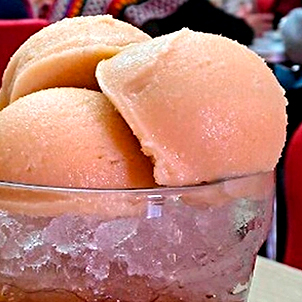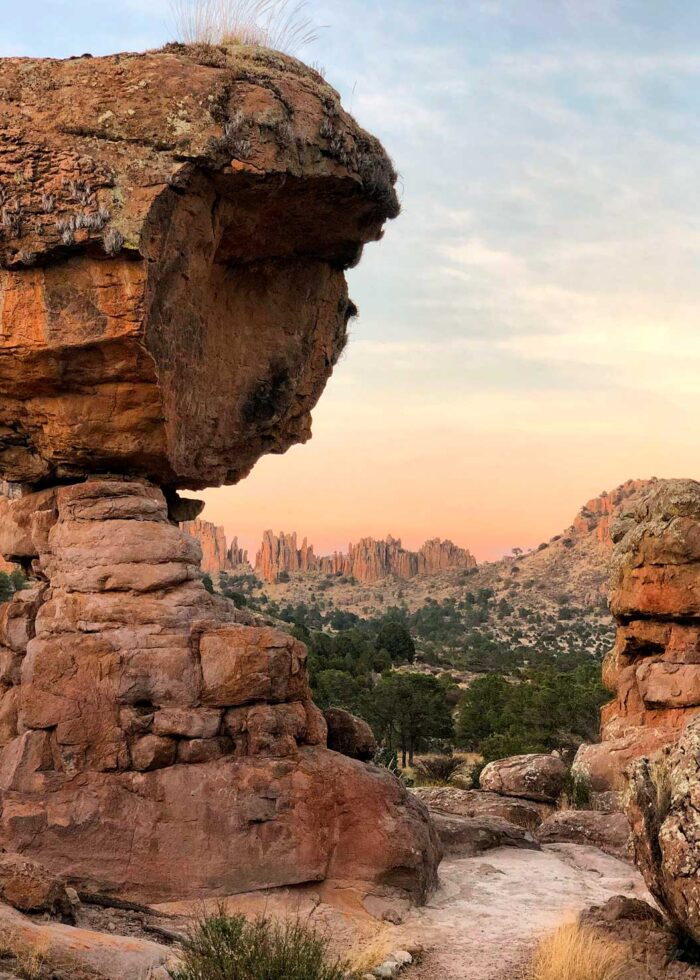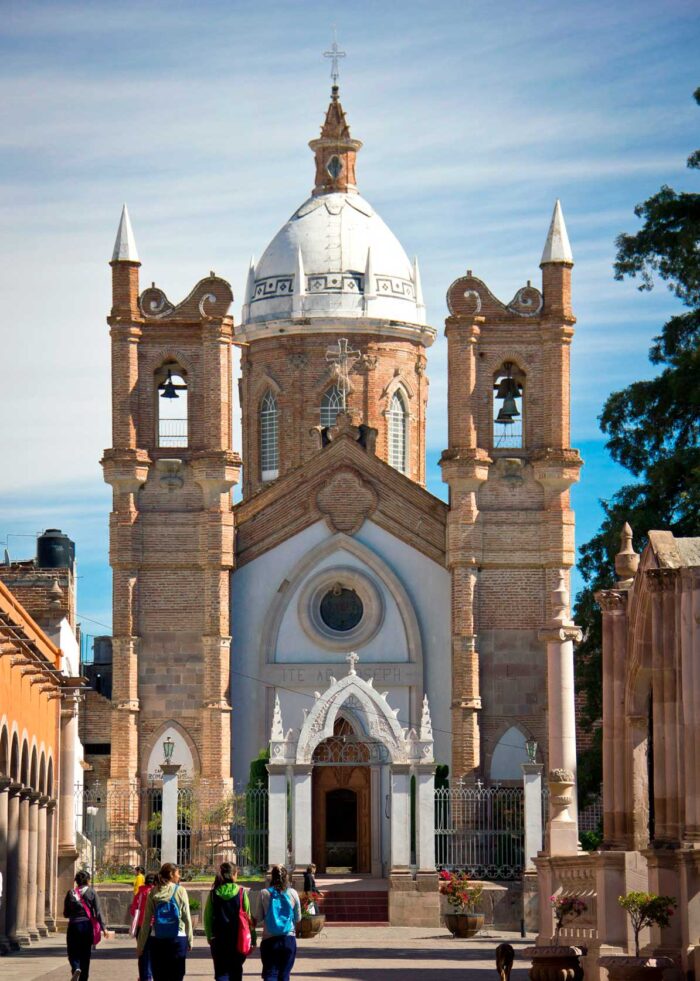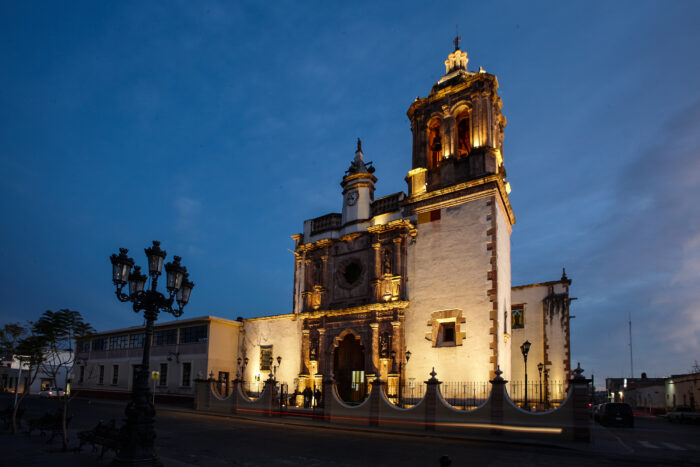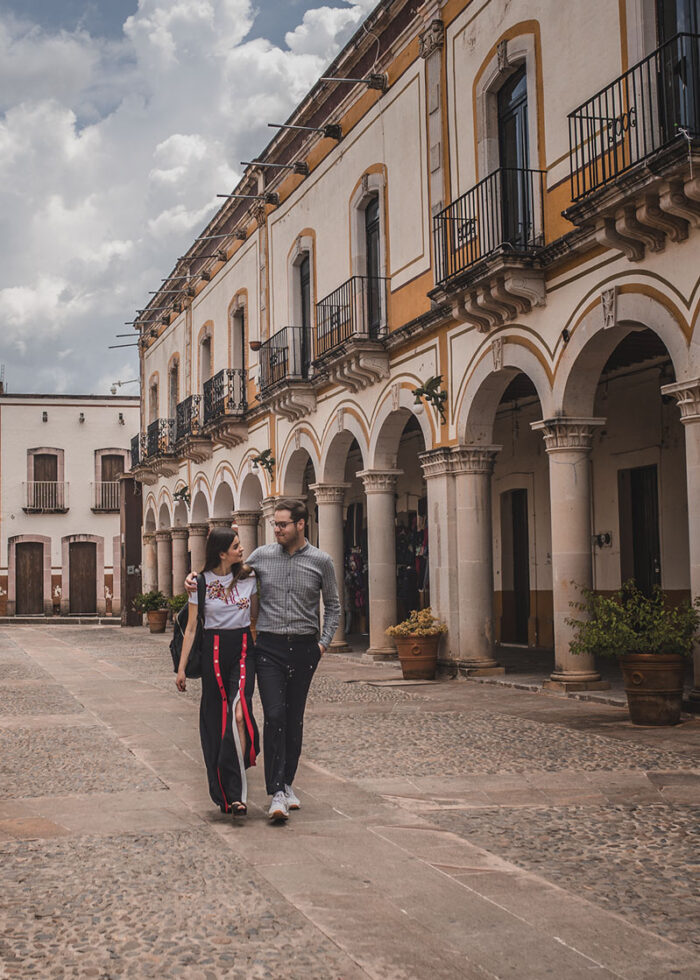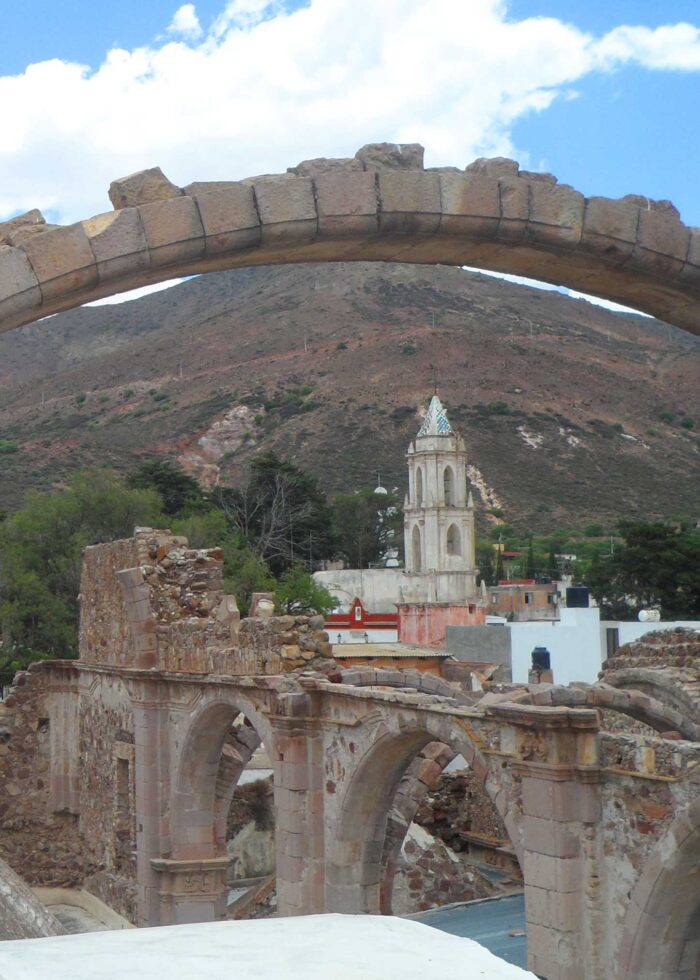
Jerez English


Continua en la historia
 Desliza a la izquierda para continuar
Desliza a la izquierda para continuar
◈ The land that gave birth to Ramón López Velarde, a land of silence filled with his verses, is also that of trombones and snare drums, of tubas and saxophones, always accompanied by the bass drum. Inside these instruments is where you will find the soul of the people of Jerez.
They are known as the creators of the musical genre “tamborazo”, and it remained there so as not to have to leave their streets and squares. And it is here, where the town waits; on their balconies, on their pink quarry stone holding up buildings here and there, and the churches counting the passing time with ringing bells.
The center revolves around the Jardín Rafael Páez and its archways: the Portal Humboldt and the Portal Inguanzo.

.
.

◆ Try the famous raspanieves of the ice cream shop El Paraíso, located under the Portal Inguanzo.
◆ Visit the Instituto Jerezano de Cultura, located in the tower building.
◆ Take a tour of the Dolores Pantheon, one of the oldest in Zacatecas.
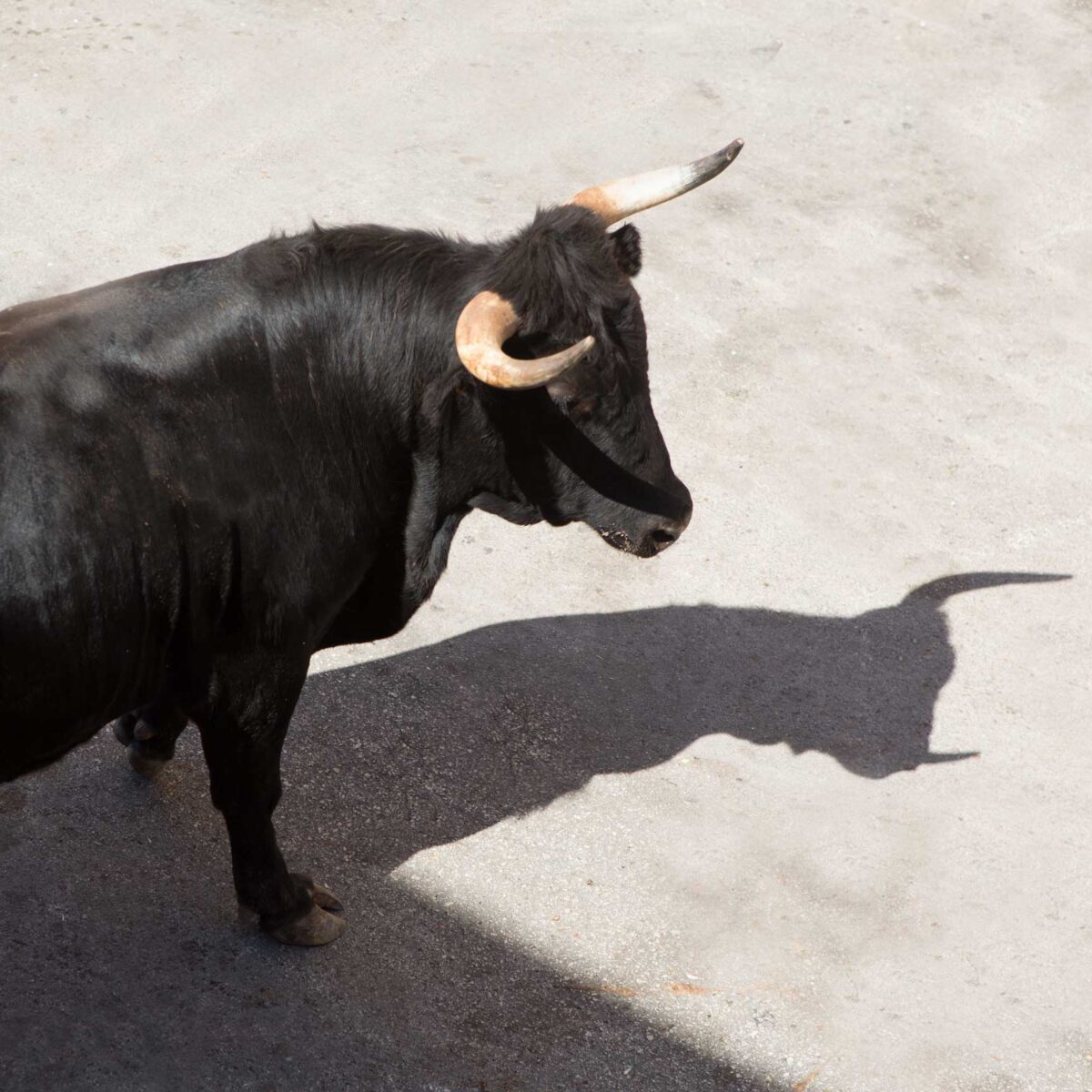
The Museo Interactivo Casa Ramón López Velarde was designed to allow you to listen to fragments of his poems in any corner of the house.
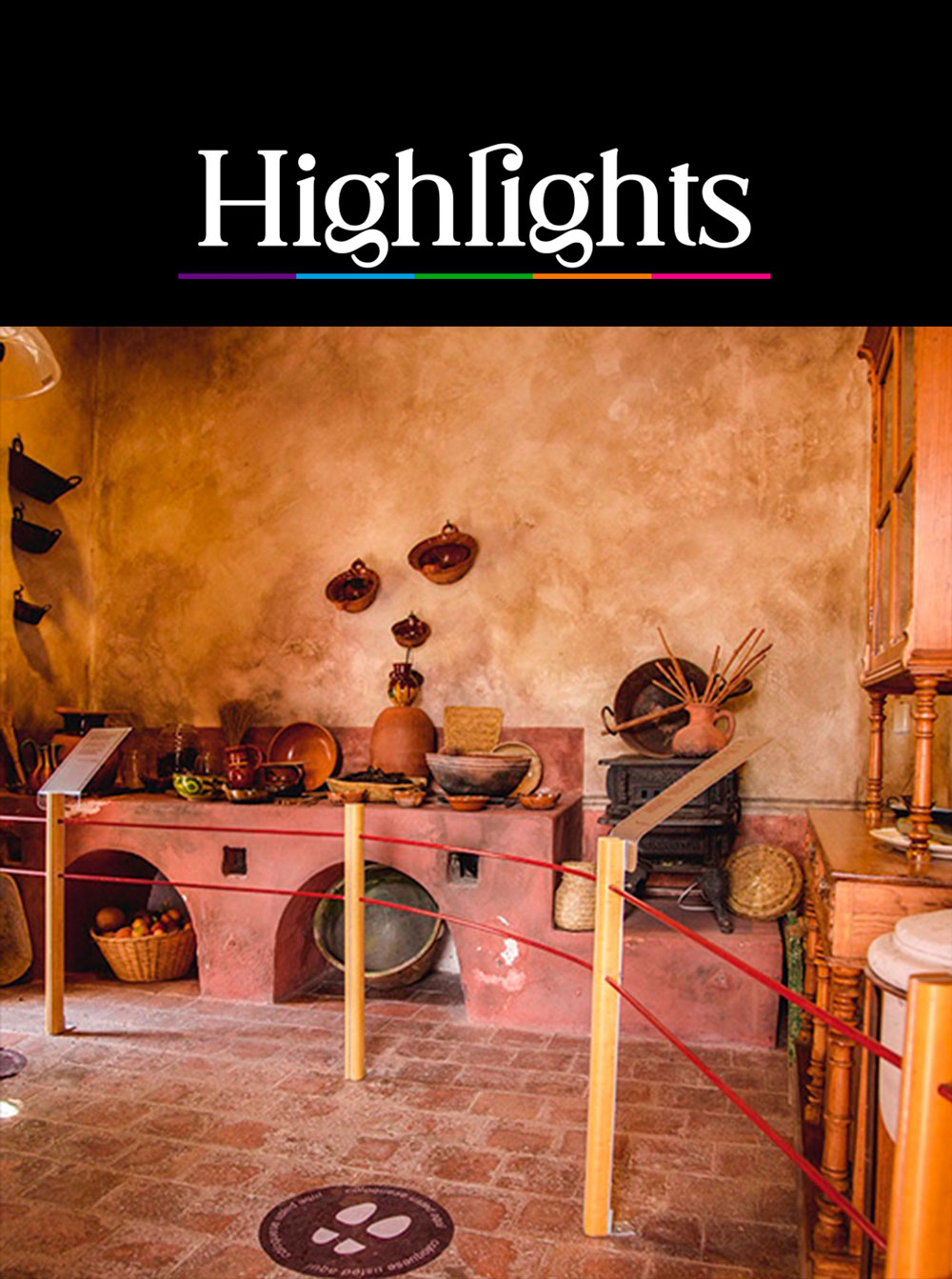
❖ Museo Interactivo Casa Ramón López Velarde
In this museum you will learn many interesting things about the life of this writer.
The 19th-century home of Ramón López Velarde was transformed into an interactive museum in 1951, on the 30th anniversary of his death. Photos, manuscripts and antique furniture all form part of the museum’s collection.
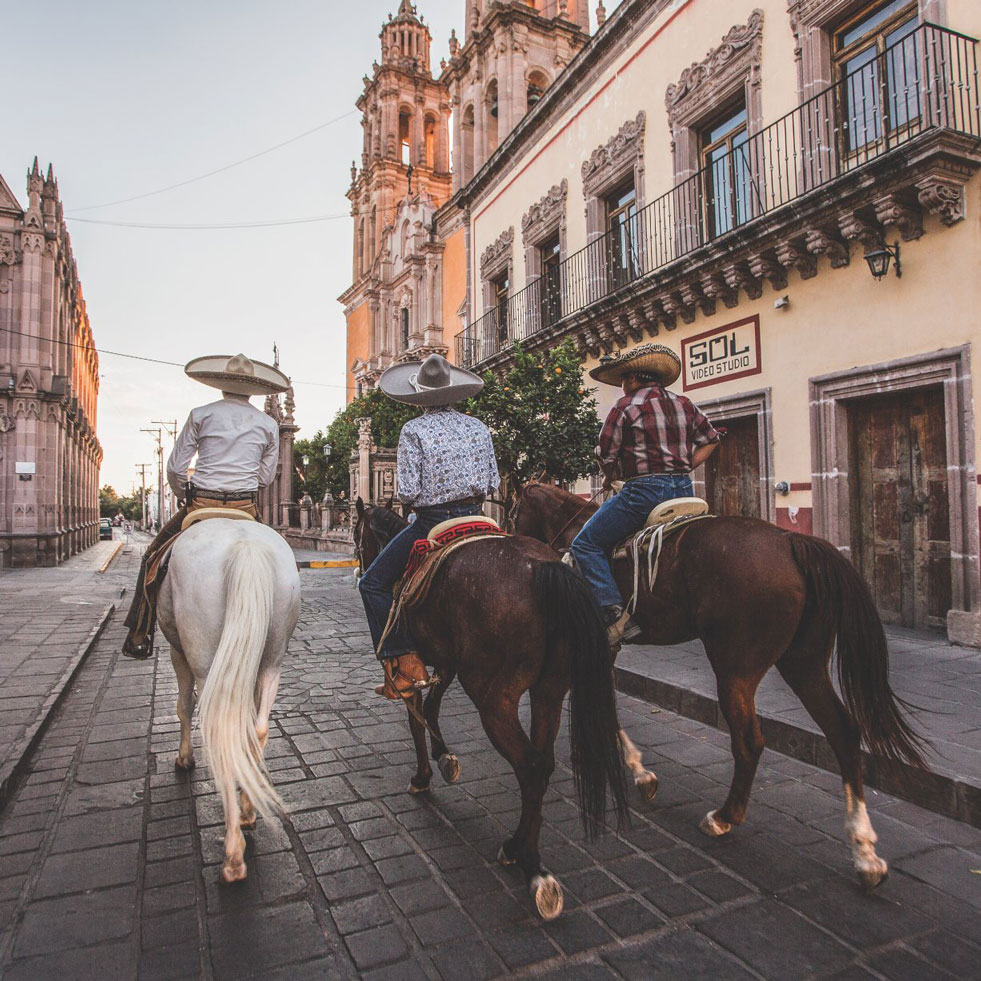
❖ Instituto Jerezano de Cultura
If you happen to be walking along Calle Reloj street, make sure to take a good look at the Edificio de la Torre which stands before the sanctuary. This building appeared on the urban landscape towards the end of the 19th century (1896), built as a school for girls. It exists thanks to the master stonemason Dámaso Muñetón, the same man who made the Zacatecas Cathedral’s northern tower.
Today, it is the Instituto Jerezano de Cultura. Besides promoting culture, the building itself is evocative of the best of the gothic and also the Mudejar traditions, all in pink quarry stone.
It is much smaller on the inside than you might expect; make sure to notice the curious solution they found back when it was built to carry water to the second floor.
❖ Santuario de Nuestra Señora
de la Soledad
Dedicated to the patron saint of the people of Jerez, Our Lady of Solitude, the main altarpiece of this church is made of pink marble and lateral altars in the neoclassical style. The atrium is decorated with orange trees and you can access it through a carved quarry stone lobulated arch.
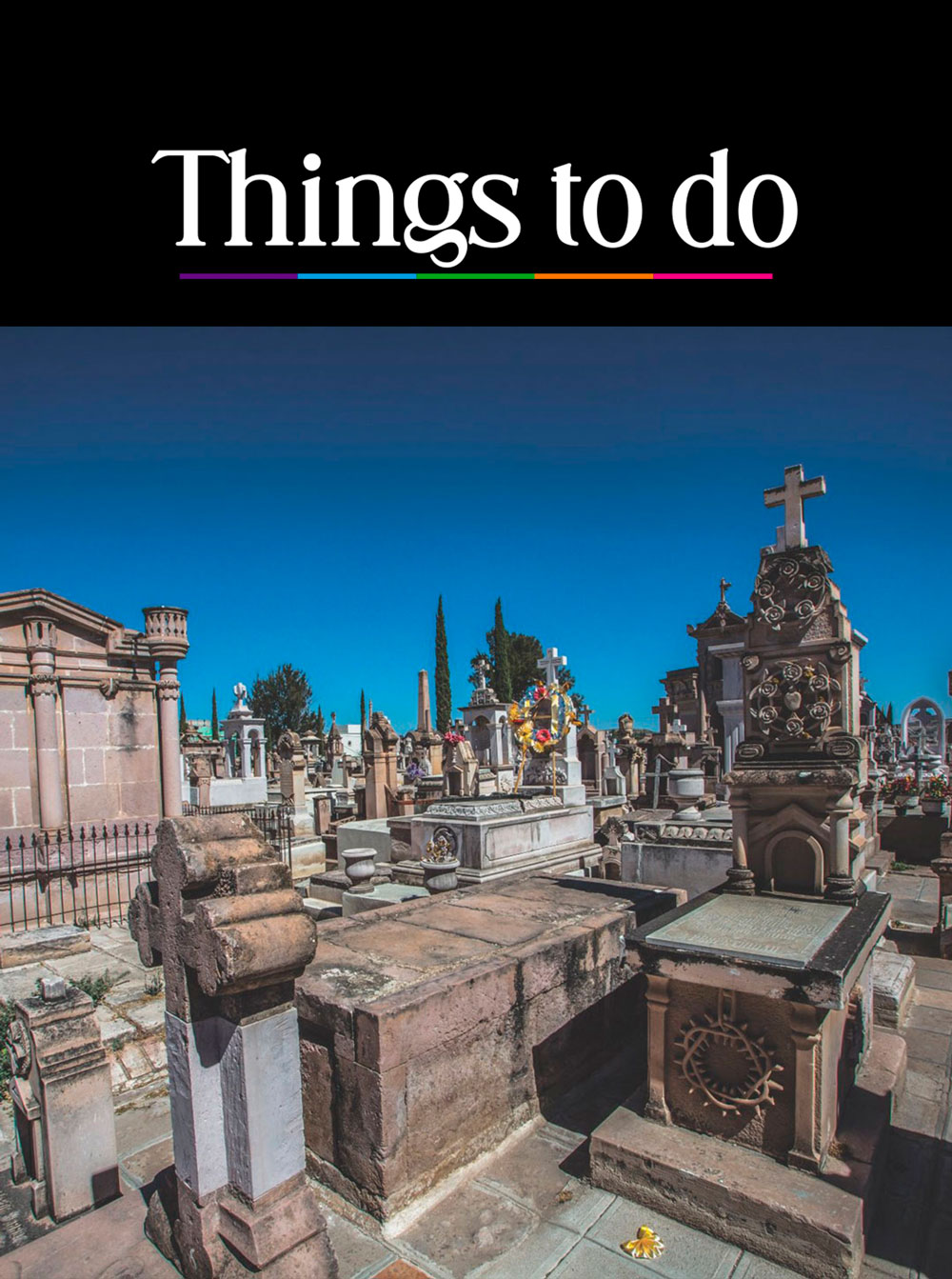
❖ Visit the Panteón Museo Dolores
Dolores Cemetery Museum is one of the oldest cemeteries in Zacatecas, in use since the first half of the 19th century. Just as the sun is about to set might be a good time to visit, to observe its detailed pieces of funerary art.
Once you have passed through the entrance pathway, lined by Cyprus trees, all you will see are graves, crypts, porticos, mausoleums and sarcophaguses. The pink quarry stone crosses and sculptures stand immobile, cut into their intricate shapes by the artisans who crafted them.

❖ Wander Through the Jardín Hidalgo
In 1910 a bust of the priest Hidalgo was placed here to commemorate the hundred-year anniversary of Mexican Independence, and this is where the garden got its name.
This is another space that is treasured by the people of Jerez. This is where they come to play domino or spend the day under the shade of the orange and jacaranda trees, surrounded by friendly conversation. It is located where the Barrio de San Miguel once stood.
❖ Try the Raspanieves
To the north of the garden, under the 19th-century Portal Inguanzo, you will find the El Paraíso ice-cream shop, where you must try the famous raspanieves. Made with ice-cream, chipped ice and a drizzle of jam, this is almost an obligatory stop before leaving the Jardín Rafael Páez.
Just before entering the garden you will find the famous sorbet cart “La Ermita”, another opportunity to savor the delicious raspanieve. It consists of a big glass with two scoops of vanilla ice-cream in it, as well as chipped ice in the middle, and strawberry or guava jam dripping all the way through it.
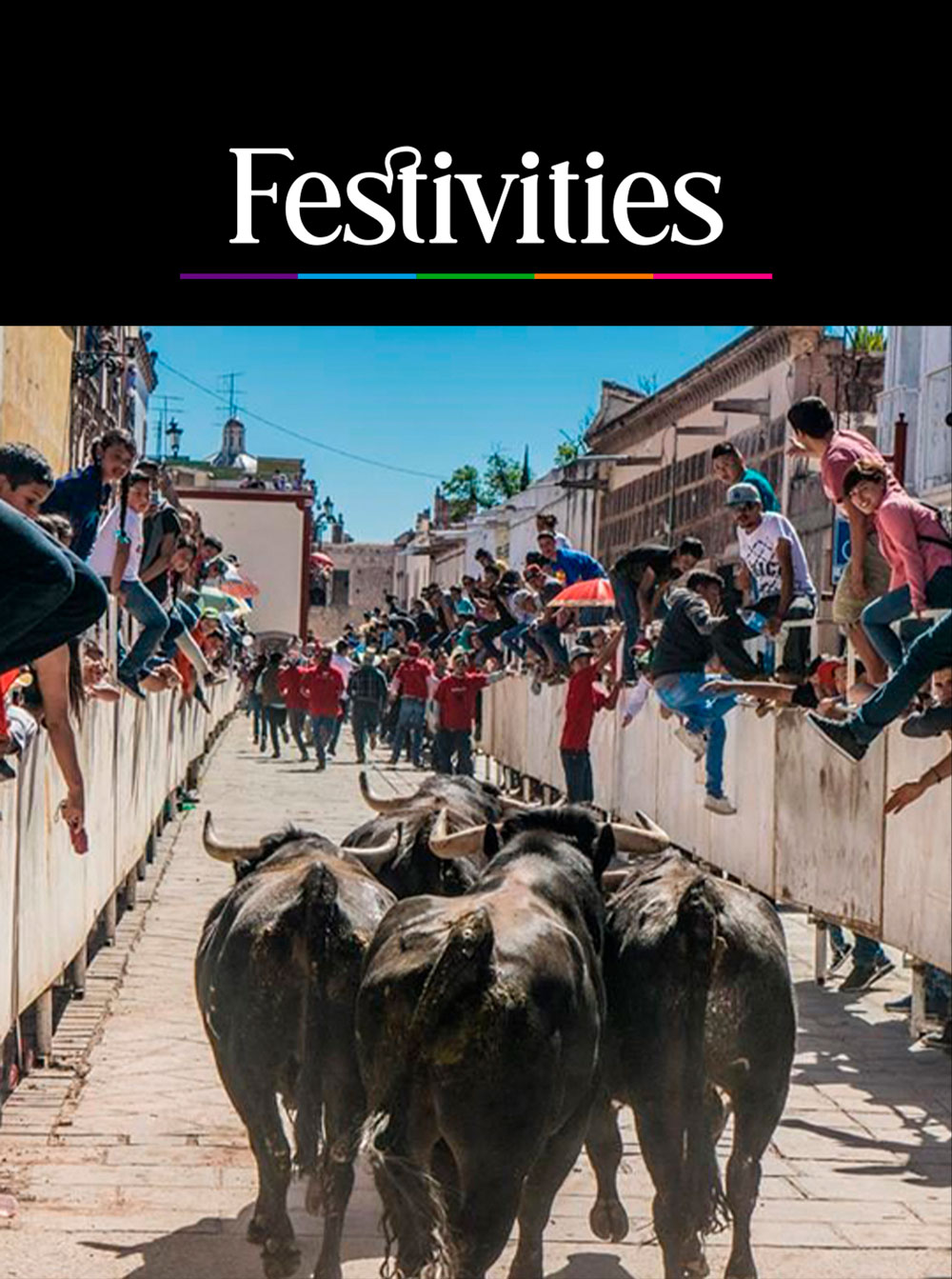
❖ Jerezada
Formerly known as the “Jerez Pamplonada”, this event has taken place year after year since 2000, during the months of February and March.
The traditional Jerezada has been celebrated for more than 20 years, in which the running of the bulls is experienced in the same way as at the Fiestas de San Fermín in Pamplona, Spain.





